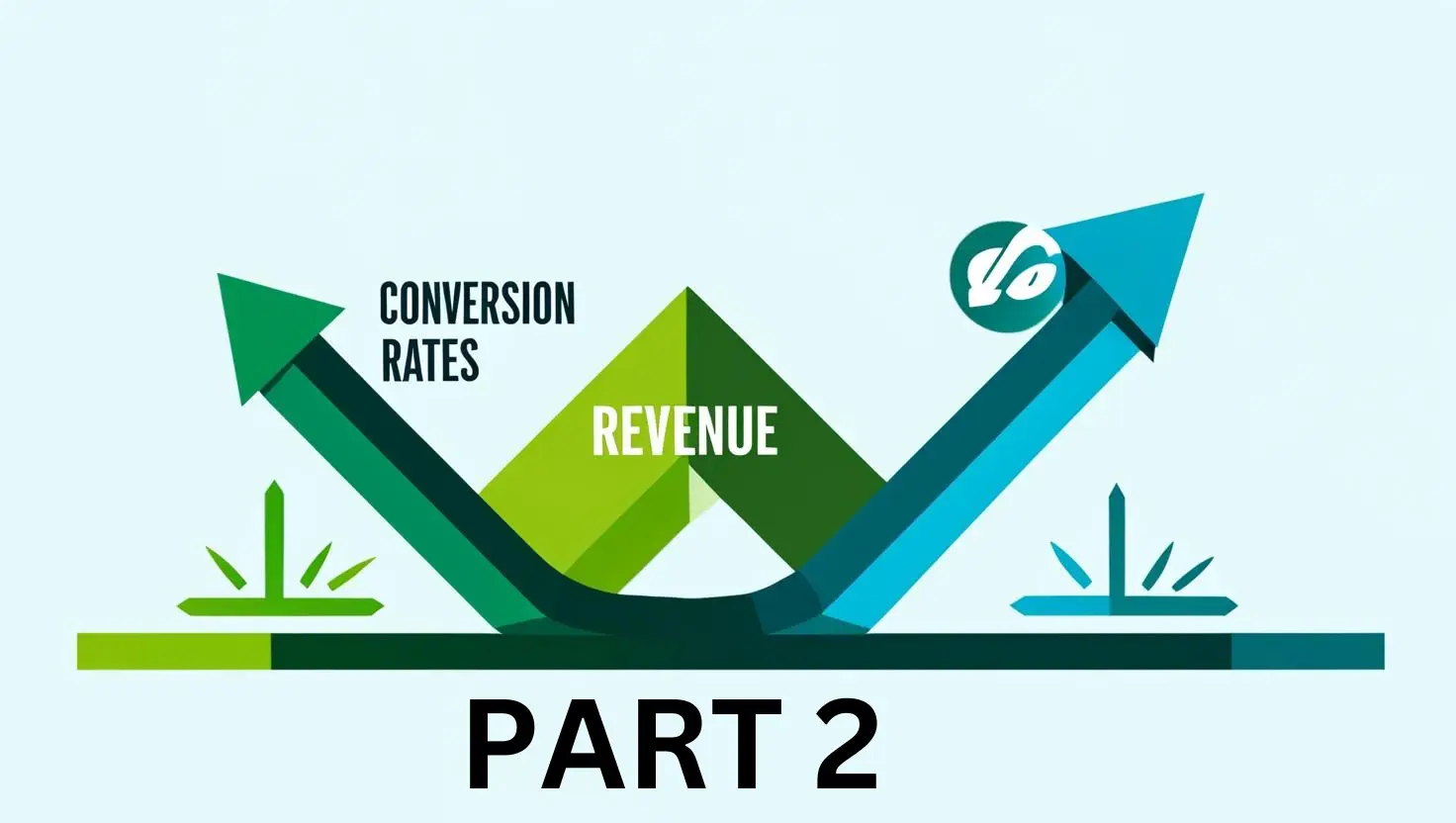The value of coupon affiliates has been a source of heated debate for nearly two decades. You can find valid points on both sides.
That said, you must understand that not all coupon affiliates are equal. And there are thousands of them. At their foundation, coupon affiliates are at the bottom of the sales funnel. They help close sales and sometimes they can bring in new customers. However, there can be stark differences within the coupon category. Some are straight-up discounts and deals. Others have a loyalty or reward component to them.
Here’s what to look for in a coupon partner:
Sales Volume – Track the number of sales generated through each affiliate. High sales volume suggests that the affiliate's audience is responsive and that their promotion strategies are effective.
Conversion Rate – Measure how well the traffic sent by an affiliate converts into actual sales. A high conversion rate indicates that the affiliate's audience is well-aligned with your product or service.
Average Order Value (AOV) – Assess the average order value generated from each affiliate. Affiliates driving higher-value sales bring more value to the partnership.
Discount Size vs. Sales Impact – Evaluate whether the size of the discount offered by the coupon affiliate aligns with the increase in sales. Larger discounts might not always result in a proportional increase in sales.
Profit Margin – Ensure that the affiliate's promotions do not excessively erode profit margins. Consider the net profitability of sales after accounting for the discounts and affiliate commissions.
Customer Lifetime Value (CLV) – Track the long-term value of customers acquired through coupon affiliates. Affiliates that bring in repeat customers or higher lifetime value are more beneficial, even if initial order values are lower.
New vs. Returning Customers – Check if the affiliate is driving new customers or simply recycling existing ones with discount codes. Affiliates that bring in new customers can be more valuable.
Bounce Rate and Engagement – Monitor the quality of the traffic by analyzing bounce rates and time spent on site. Higher engagement often correlates with better customer acquisition quality.
Reputation and Transparency – Evaluate the reputation of the affiliate within the industry. Affiliates with transparent practices and a good reputation tend to be more reliable and sustainable partners.
Tracking and Reporting – Use tracking tools and reports to regularly monitor affiliate performance. Adjust partnerships based on data-driven insights, focusing on affiliates that consistently deliver the best results.
Policing Coupon Affiliates
Once you’ve identified coupon partners, you’ll need to keep a close eye on them. Even if you have strong Terms of Service, some coupon affiliates will test your limits. Every affiliate manager should police coupon promotions. There are coupon affiliates that prey on brands that do not specifically prohibit the bidding of trademark or trademark plus terms in search engine ads. This means that if a merchant is not actively promoting themselves in paid search ads, an affiliate can bid on the merchant name or the merchant name and the word “coupons” and take credit for that sale. Opinions on this topic vary. Some merchants do not mind the practice, whereas others take great offense to it, even if they don’t have a strong brand. These merchants think that if a customer is looking for their specific company name, affiliates should not be compensated for that sale.
There are a variety of tools that enable affiliate managers to monitor keywords in search engines. These tools will catch any affiliate buying forbidden keywords and will send you a daily report on the ads in question. Use these tools to track them down and then send notices to cease and desist.
Allowing second rate coupon sites to bid on your trademark name plus the word coupon results in sub-par ads you have no quality control over the landing pages. To prevent negative customer experiences, lock this down as well or monitor the landing pages with select partners.
By carefully vetting coupon partners, communicating clearly (and often) with them, and policing activity, you can allow a limited number in a program and track their value in the program. This enures that you are getting the maximum value from your coupon partners.


